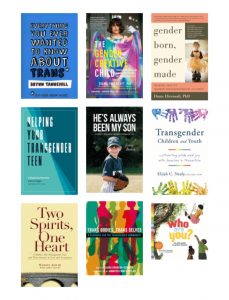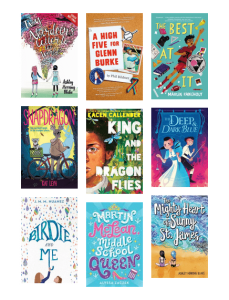 Test your gender IQ:
Test your gender IQ:
Q: Gender identity can be different from the body you are assigned at birth.
A: True!
For some, that concept may be illuminating. Expectations and ideas about gender come from our family, school, faith, and cultural inclinations. Help young children learn about and explore gender to feel comfortable with who they are and focus on the strengths that make them unique.
For adults to support a child’s inquiry about gender, it's necessary to understand the distinction between gender and sexual orientation. Gender is personal: how we see ourselves and want to express ourselves to others. Sexual orientation is interpersonal: who we are physically, emotionally, or attracted to romantically.
Key precepts
- Gender cannot be determined by appearance
- A child should be able to wear clothes that feel right and they feel good in, without societal constraints
- Colors, clothes, or possessions do not indicate gender
- A child should be able to participate in activities based on interest, not gender
Tips for parents
- Initiate a conversation about gender rather than waiting for a child to ask
- Talk about experiences in daily life to give opportunities for a child to express their feelings without talking about themselves
- Read gender books aloud with a child to inspire discussion
- Raise questions to find out the ideas a child has already formed about gender
- Facilitate critical thinking while viewing media by asking prompts such as “How do you think that child feels because of what just happened?”
- Be aware of praise and comments you offer to a child that limit their gender identity (e.g., complimenting boys on physical strength)
- Examine your own biases and upbringing to think about gender (e.g., what do you think about boys who like to paint their nails or girls who play with trucks?)
- Most kids experiment with gender through play and exploration. For more information, visit genderspectrum.org
Parenting Gender Creative Kids

Examples of how to discuss gender when questions arise
Is that person a boy or a girl?
- “I don’t know, because we can’t know a person’s gender just by looking at them.”
- “People may feel like a girl, or a boy, or both, or they may not feel like either one."
Boys don’t wear dresses!
- “We should get to wear whatever clothing we feel comfortable in and feels right.”
- “Clothes are just clothes and each of us can choose what we like and don’t like.”
Girls don’t play football!
- “Do you think people should be told they can or cannot do something because of their gender?”
- “How would you feel if you couldn’t do what you love because of your gender?”

 Gender Diversity, opens a new window Gender Diversity Middle Grade, opens a new window
Gender Diversity, opens a new window Gender Diversity Middle Grade, opens a new window
Self-acceptance and identity are a vital part of a child’s development and emotional health. Offer a child the privilege to decide the gender that allows them to feel good about themself!
Source
Wool, Pamela. (2019, September 4). Talking to Young Children About Gender. Resources for Parents and Caregivers. Retrieved from GenderSpectrum.org [website]
Sponsored by Kathleen Fitzhugh Remitz (Civic Center) and the MCFL Children's Services team.
Photos by Sharon McCutcheon on Unsplash



Add a comment to: It Feels Good to Be Yourself